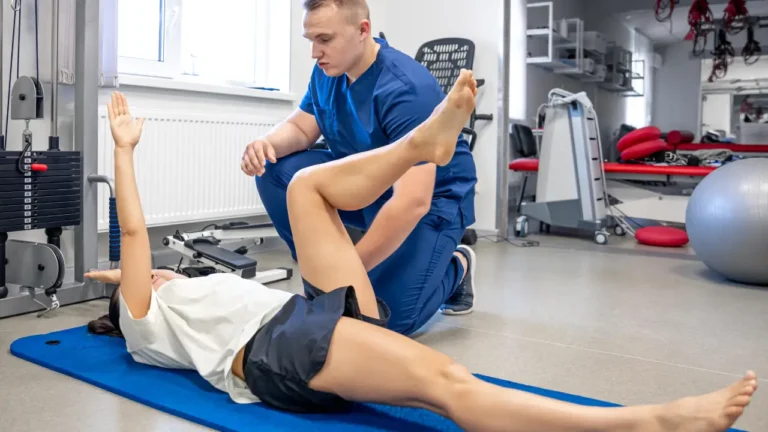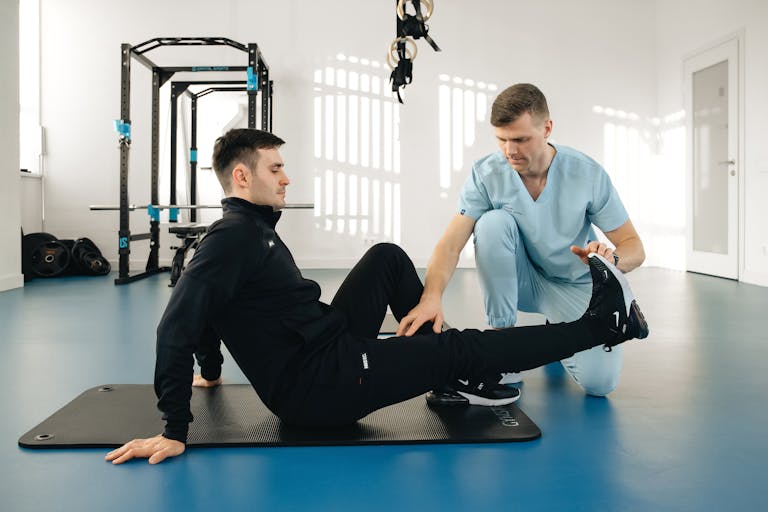5 Ways IMS Physiotherapy in Langley Can Improve Range of Motion
What Is IMS Physiotherapy?
Intramuscular Stimulation, or IMS, is a clinical technique used by physiotherapists to treat tight muscles and movement limitations that don’t respond well to stretching or massage. It involves inserting fine, sterile needles into muscles that are shortened or sensitive due to nerve-related dysfunction. Unlike acupuncture, IMS is grounded in Western medicine and aims to reset neuromuscular balance through mechanical stimulation.
For individuals who experience recurring stiffness, poor joint mobility, or unexplained muscular tension, IMS physiotherapy in Langley offers a targeted and non-pharmaceutical approach to restoring ease of movement.
Why Range of Motion Matters in Everyday Life
Range of motion isn’t just important for athletes—it’s essential for everyone. It refers to how far and how smoothly a joint can move in all directions. Limited mobility can affect daily tasks like bending, walking, reaching, or even sleeping comfortably. Over time, restricted range leads to compensation in other areas of the body, resulting in overuse, discomfort, or loss of physical capacity.
Many Langley residents seek physiotherapy not just because of pain, but because they notice they’re moving less freely than they used to. This is where IMS becomes part of a broader recovery and performance strategy.
How IMS Physiotherapy in Langley Improves Movement
IMS doesn’t operate in isolation. It fits within a larger approach to active rehabilitation, particularly for those who are strength training, recovering from injuries, or managing chronic tension. Here are five ways it can support and enhance your range of motion:

Looking to recover faster and get back to doing what you love? At Physio For Performance in Langley, our expert physiotherapists use cutting-edge techniques tailored to your needs.
Don’t wait—book your appointment today and experience a personalized approach to restoring your function and mobility!
How IMS Physiotherapy in Langley Improves Movement
1. Releases Deep Muscle Contraction
Surface-level treatments often fall short when dealing with chronic tightness. IMS targets deeper muscle fibres that are shortened due to protective nerve responses. These deep contractions can quietly limit motion over time, especially around the hips, shoulders, or lower back.
When a fine needle is inserted into a taut band of muscle, it creates a reflex release. This immediate drop in tension allows the muscle to lengthen naturally, restoring lost movement in the joint it surrounds.
2. Addresses Nerve-Driven Restrictions
Not all tightness is muscular. Sometimes, the source is neurological—nerves that are hypersensitive due to past injuries, repetitive strain, or spinal alignment issues. These nerves can trigger protective muscle guarding that restricts mobility.
IMS physiotherapy in Langley directly stimulates these sensitive areas. The treatment reduces abnormal nerve input, breaking the feedback loop that keeps muscles locked in a shortened state. The result is a noticeable ease in joint movement without the feeling of strain or resistance.
3. Restores Balanced Muscle Activation
When mobility is limited, the body tends to compensate. Some muscles work overtime while others become underactive. This imbalance affects posture, gait, and joint function.
IMS helps “reset” neuromuscular signals, improving coordination between opposing muscle groups. For example, if your quads are overactive but your glutes aren’t firing properly, you may develop hip or knee tightness. IMS can correct these patterns, giving your body a chance to move more efficiently again.
4. Reduces Internal Scar Tissue and Adhesions
Following an injury or long-term inflammation, scar tissue often forms between muscle layers and around joints. These internal adhesions restrict smooth movement, especially during stretching or dynamic activity.
IMS introduces microtrauma at precise points to stimulate a healing response and increase blood flow to the area. Over time, this can help break down adhesions that aren’t responding to manual therapy, opening up new movement possibilities.
5. Works Synergistically with Exercise
IMS is not a stand-alone fix. Its effects are magnified when paired with corrective movement, strength work, and mobility drills. After the nervous system and muscle tone are reset, functional training helps integrate the gains into real-world activity.
At many Langley clinics, IMS is part of a broader plan that includes gym-based rehab or fitness coaching. Clients often report improved performance, faster recovery times, and more freedom during workouts when IMS is included in their care.
When Should You Consider IMS?
You might benefit from IMS if:
- You’ve been stretching regularly without change
- Your movement feels tight, but imaging shows nothing is structurally wrong
- You experience nerve-like symptoms (tingling, burning, aching)
- Massage and general physiotherapy provide only short-term relief
- You’ve plateaued in your recovery or training efforts
These are common indicators that muscular and nerve imbalances could be limiting your movement—and that IMS might be a relevant addition to your care plan.
A Step Toward Better Movement
IMS physiotherapy in Langley plays a meaningful role for those who want to move with greater ease, whether for performance or everyday function. The ability to bend, twist, reach, and squat without restriction impacts not just physical fitness, but also energy, mood, and quality of life.
If you’re navigating tightness that doesn’t seem to resolve or if your range has noticeably changed over time, IMS may be worth exploring. For individuals seeking a hands-on, movement-based recovery plan, Physio For Performance offers IMS as part of its comprehensive approach to mobility and rehabilitation.







